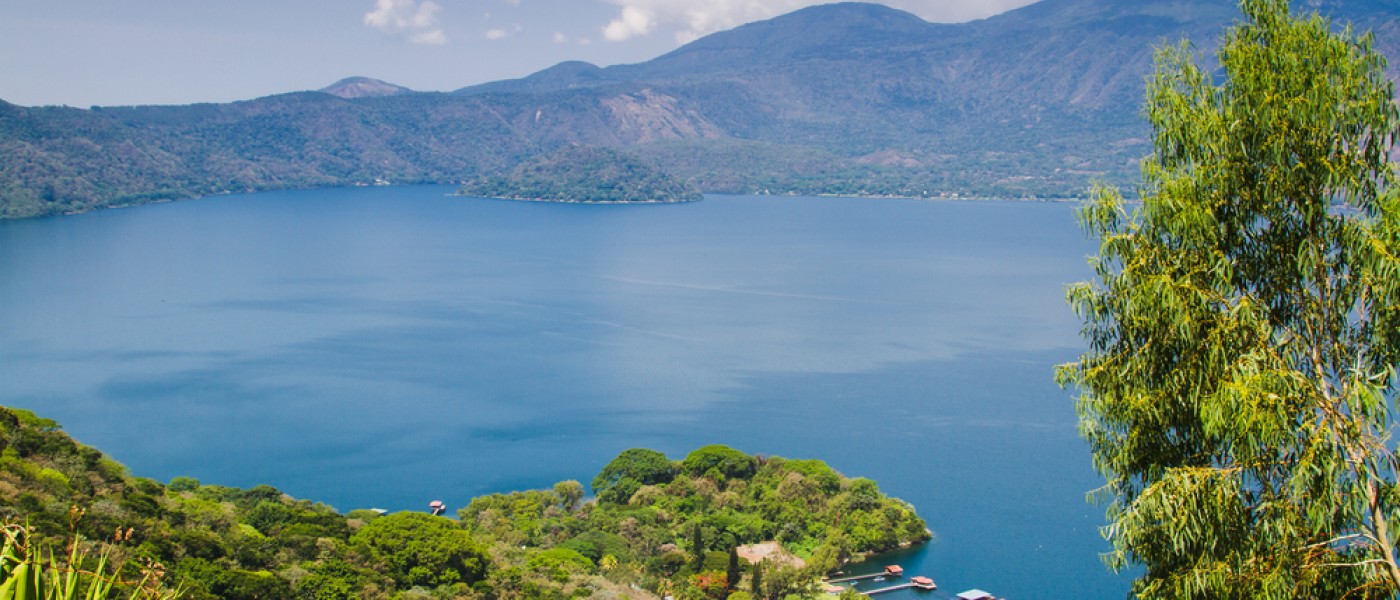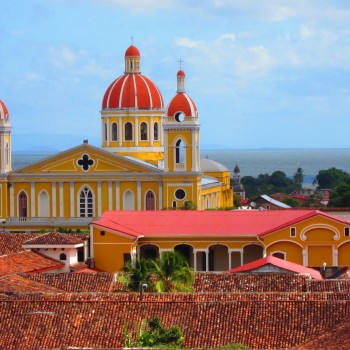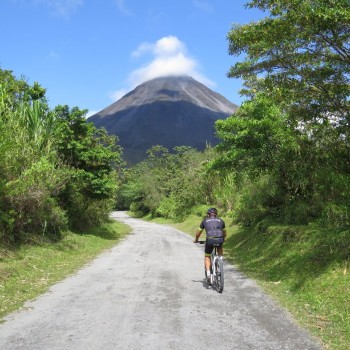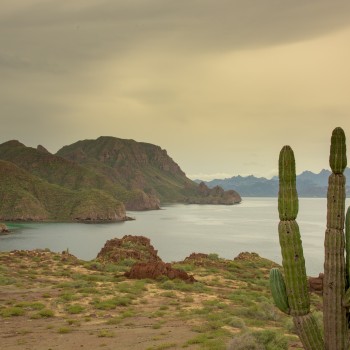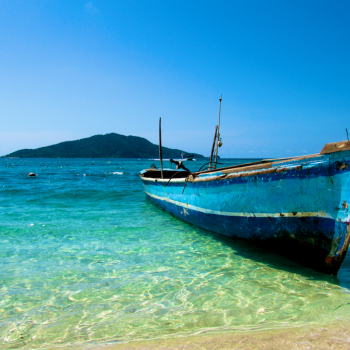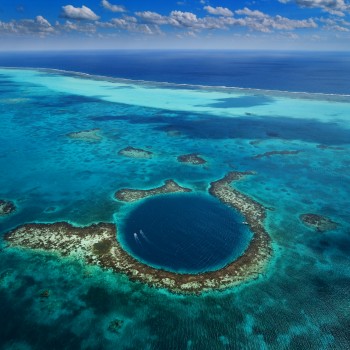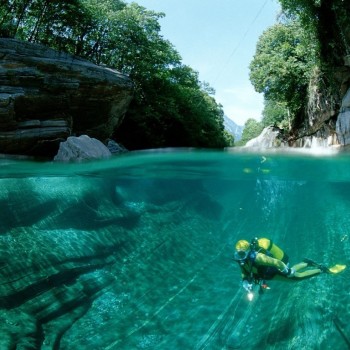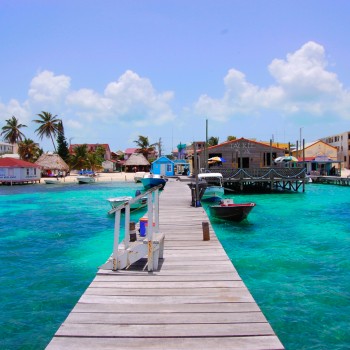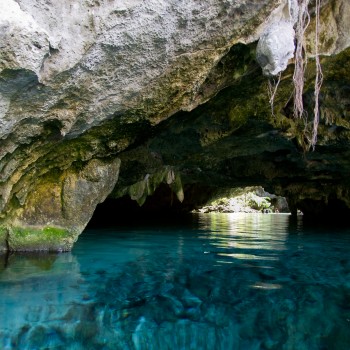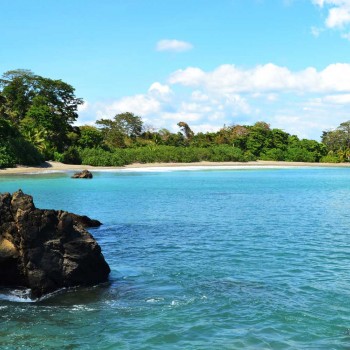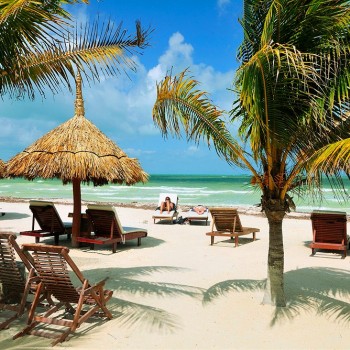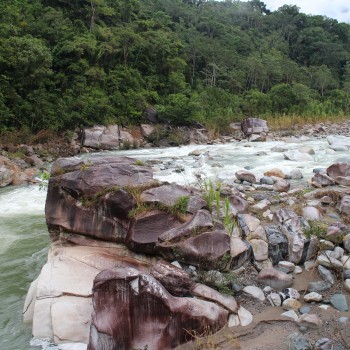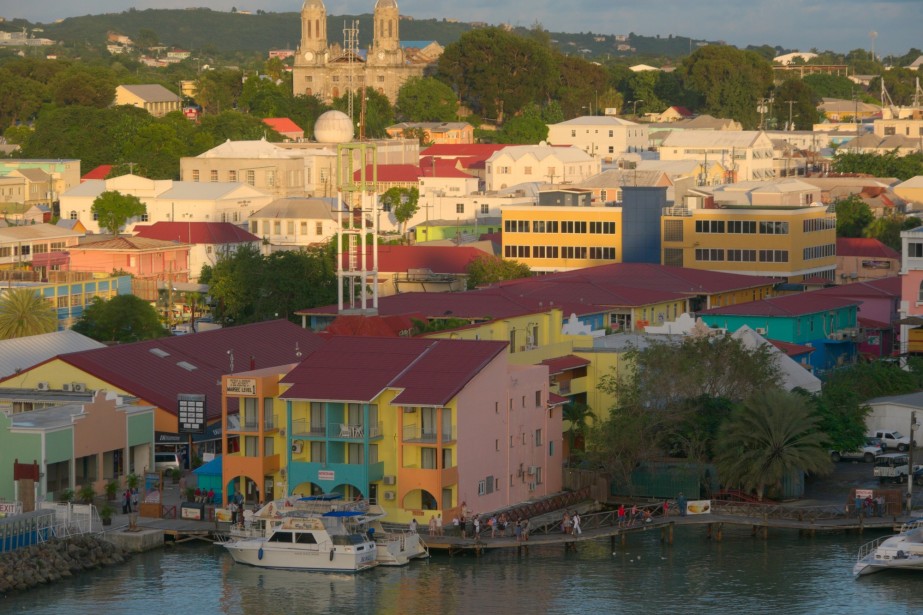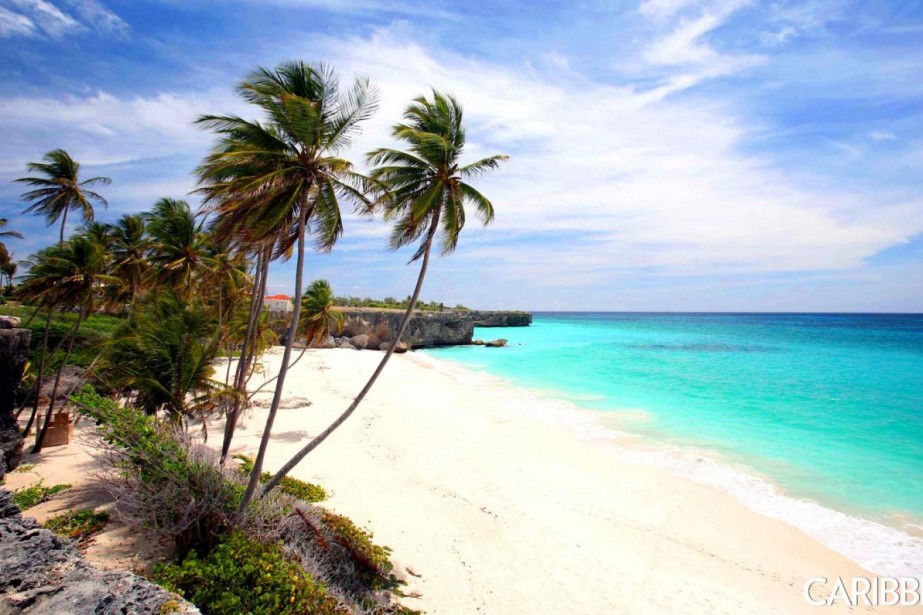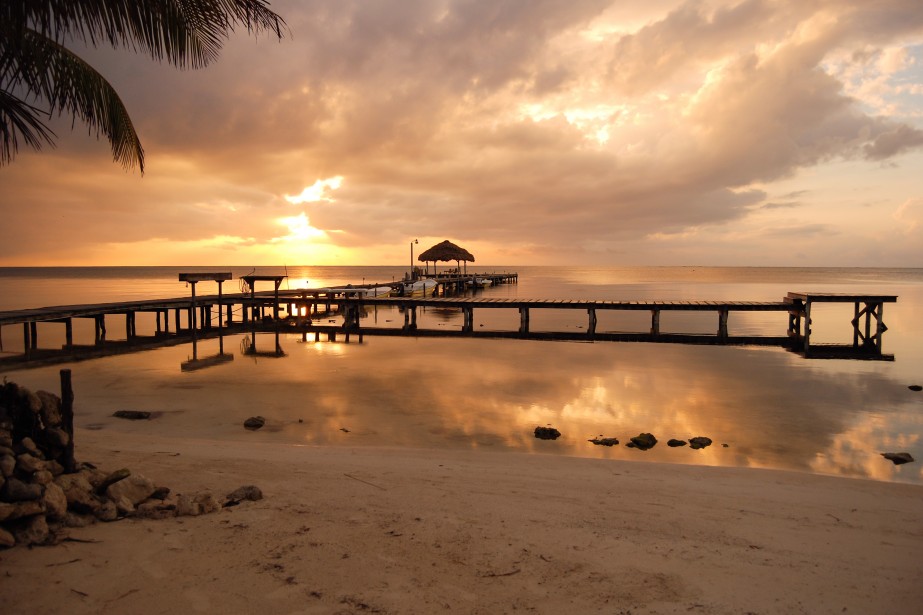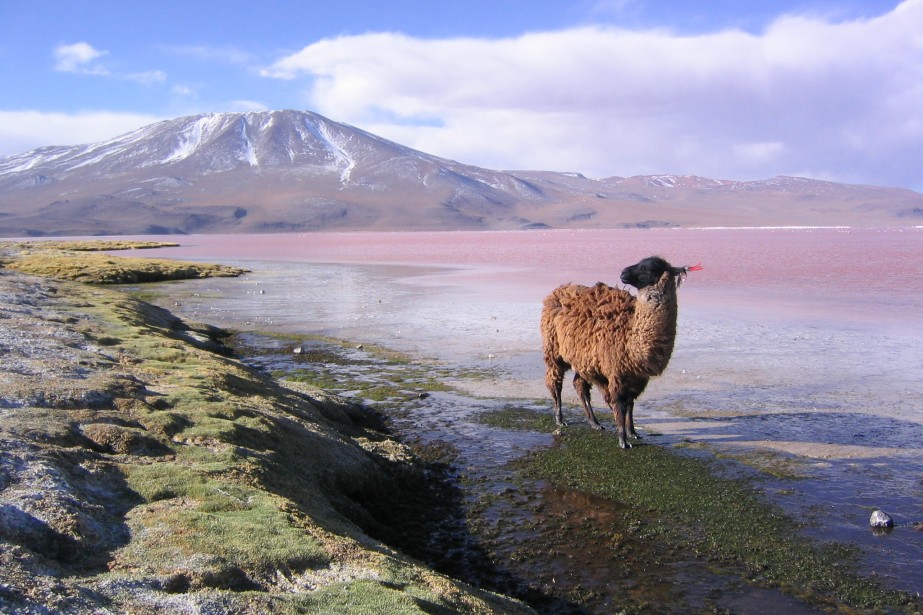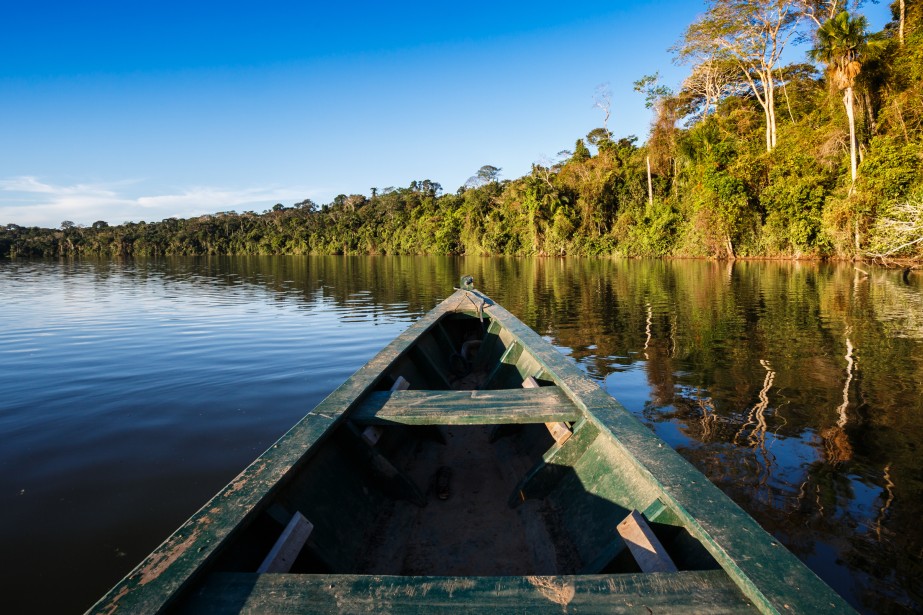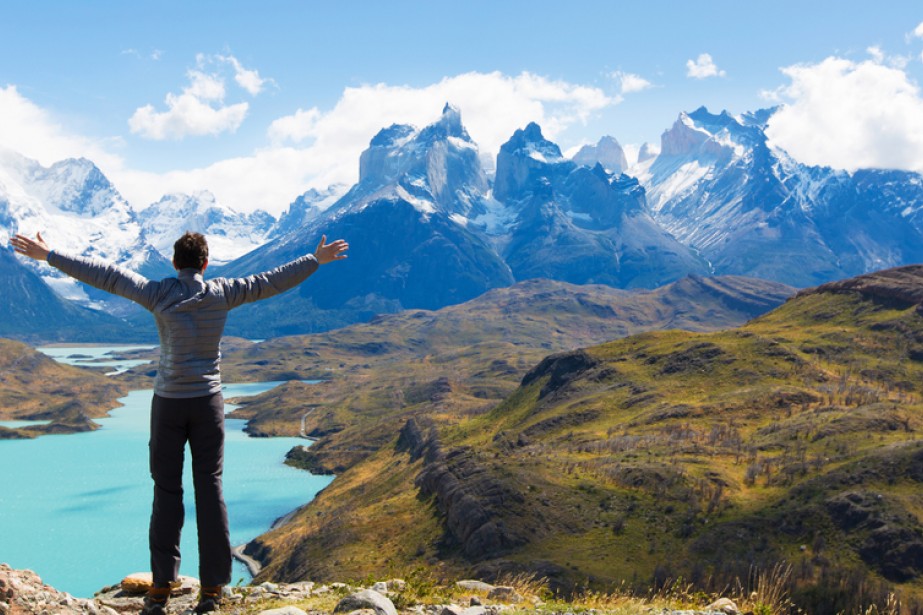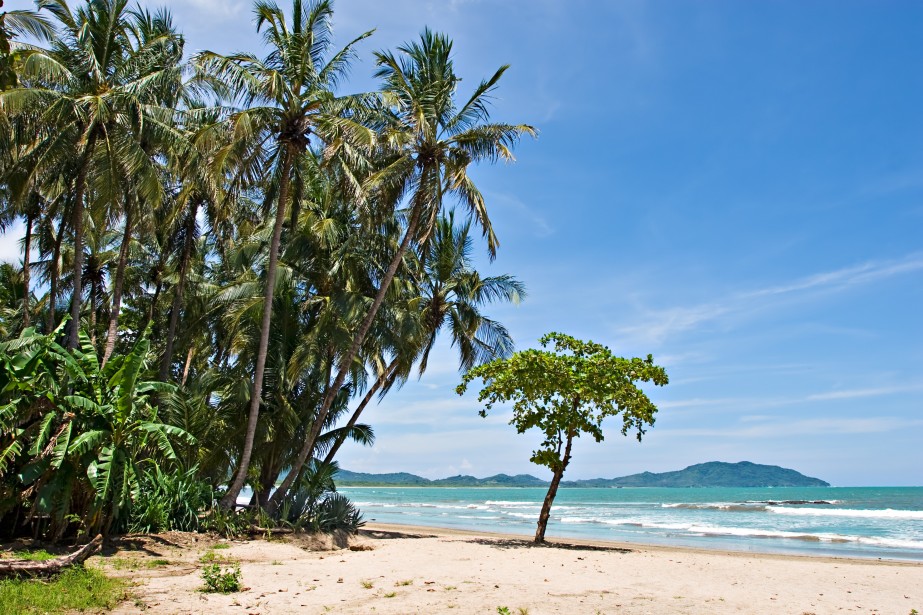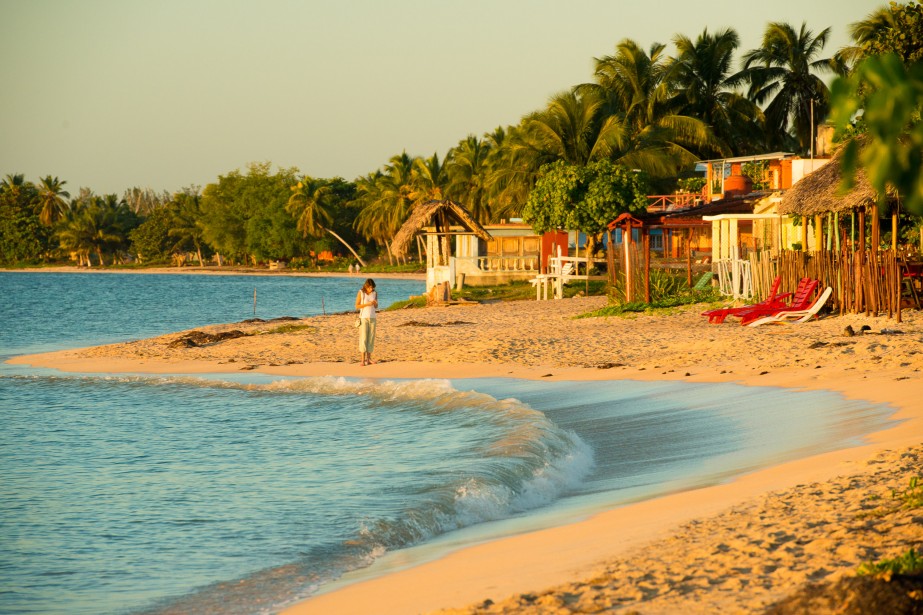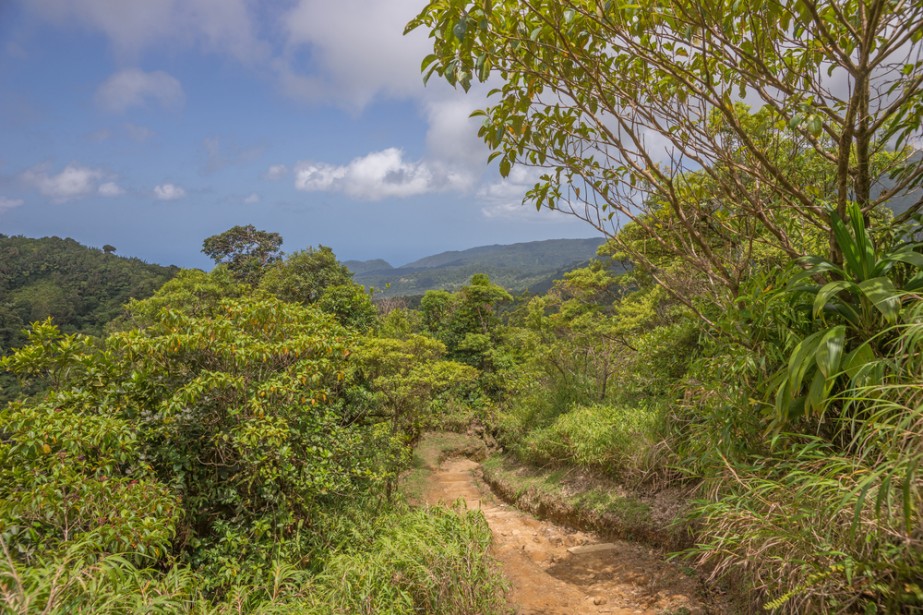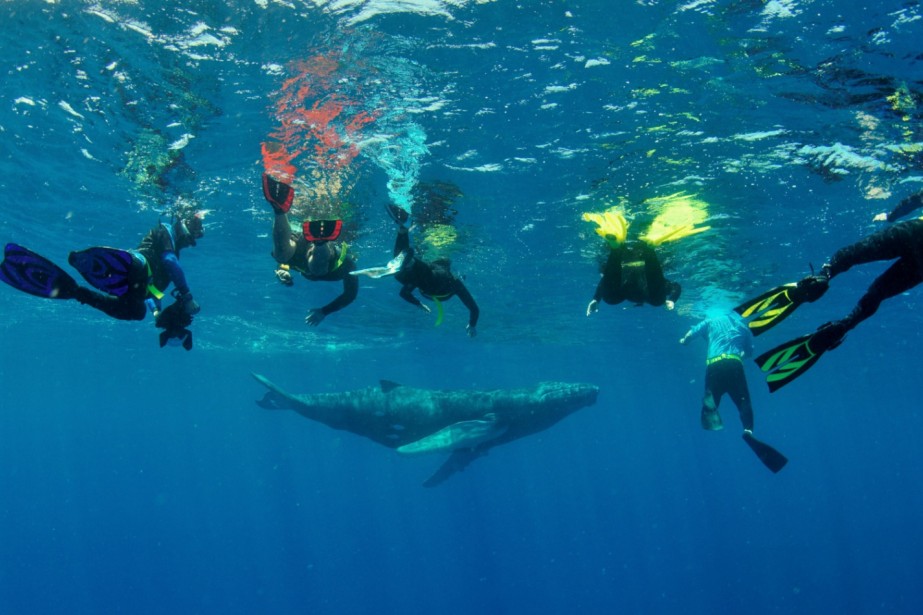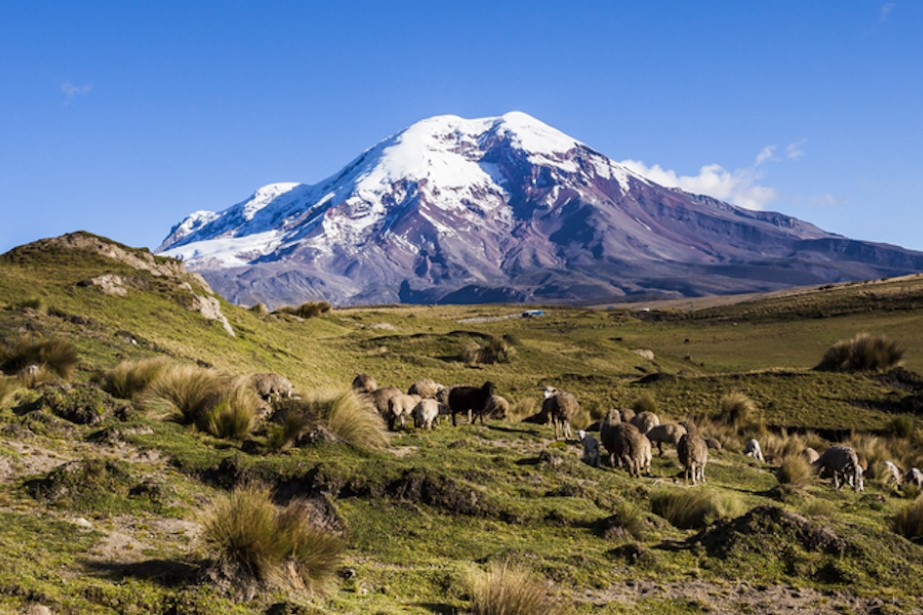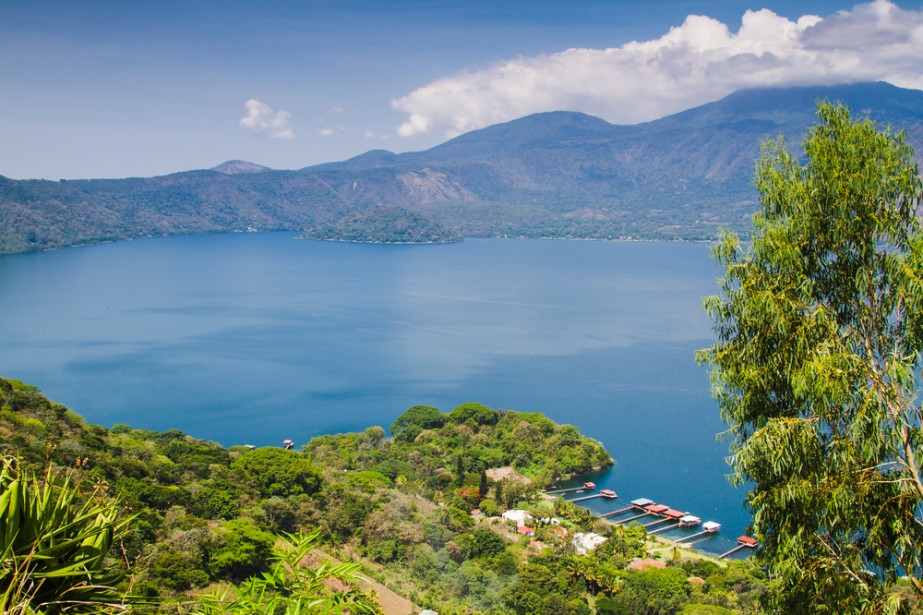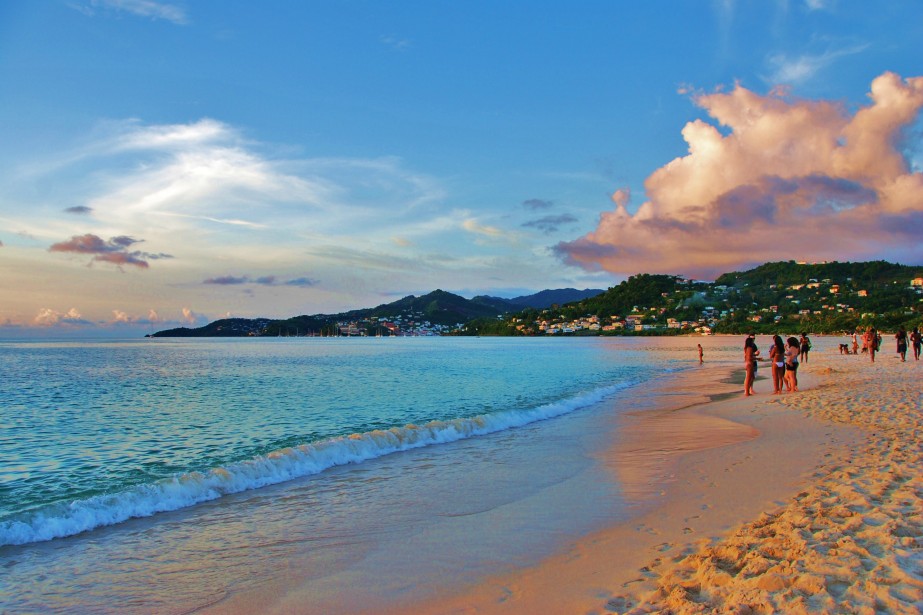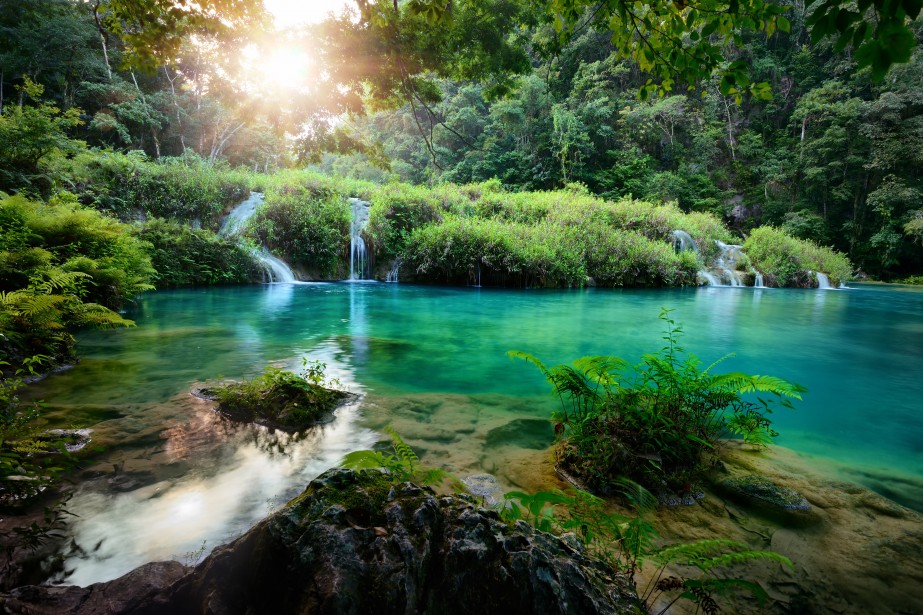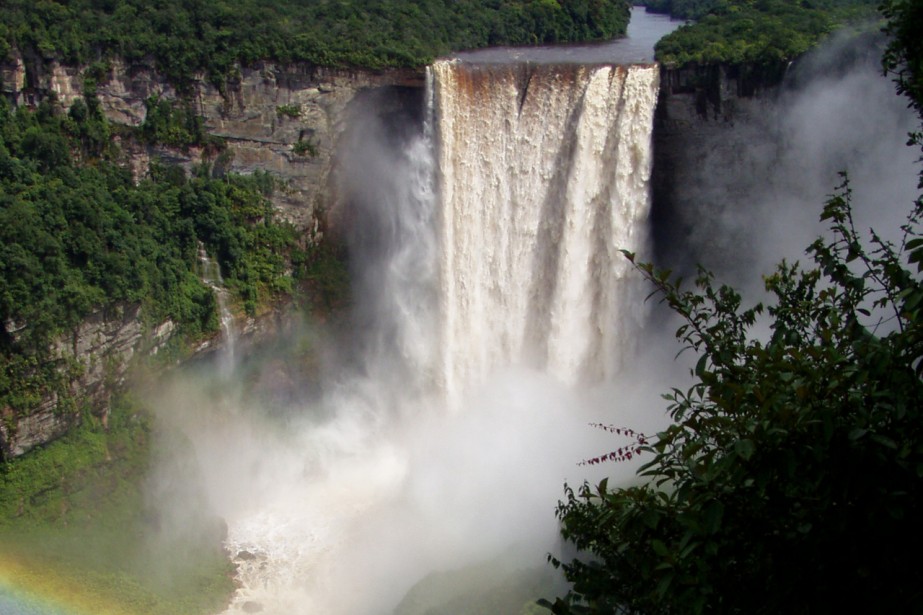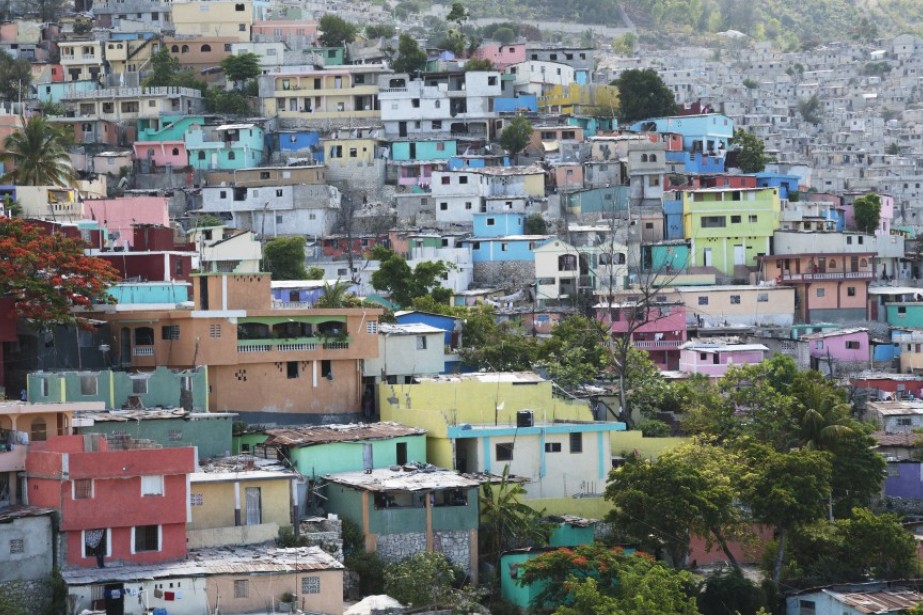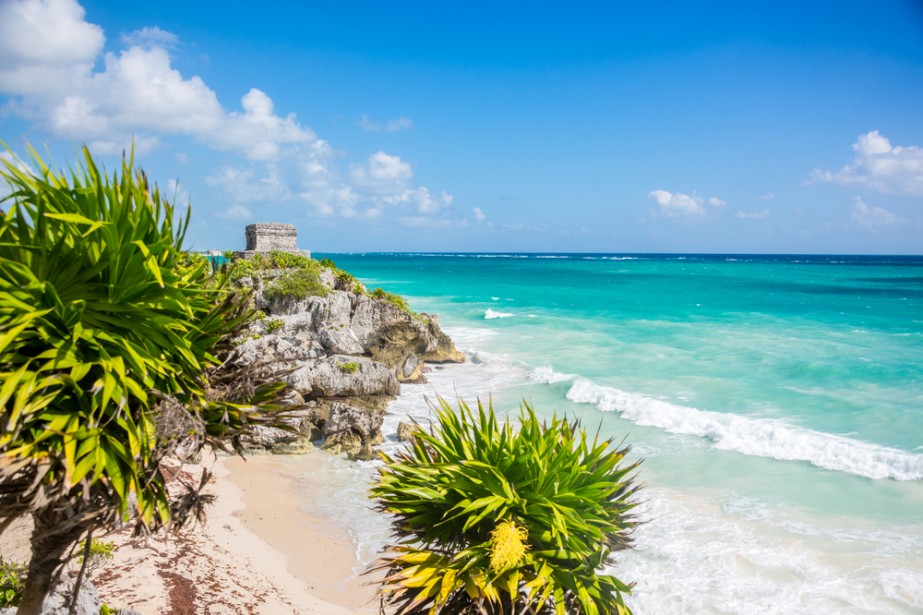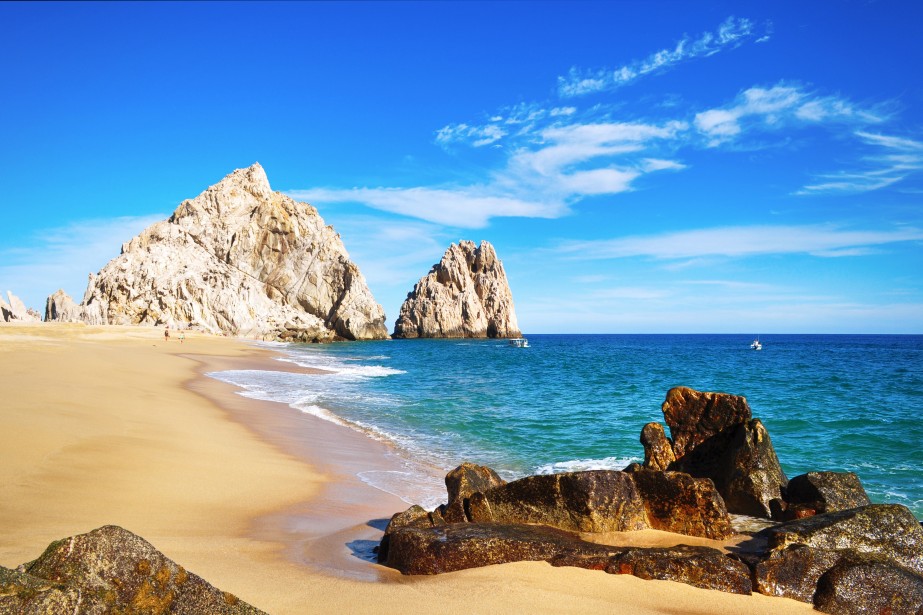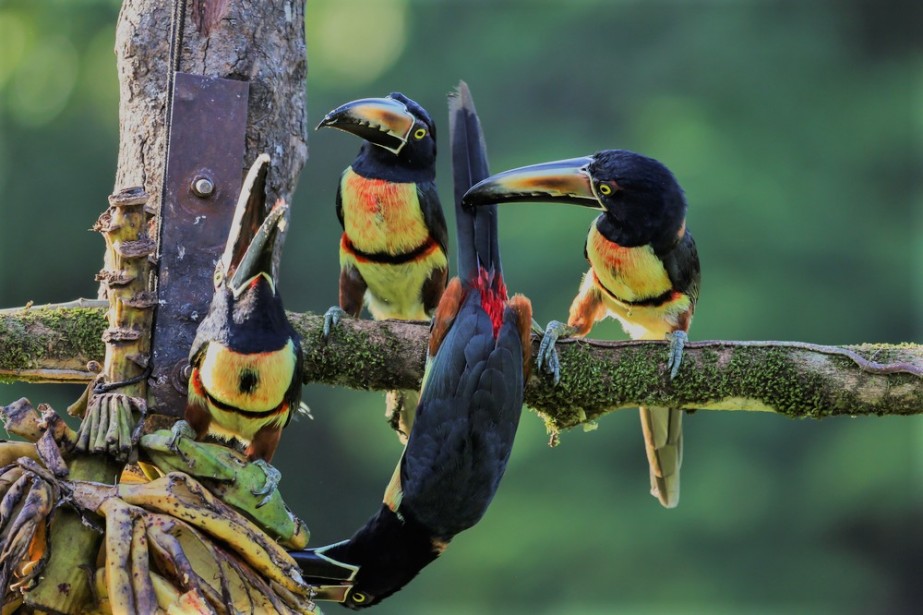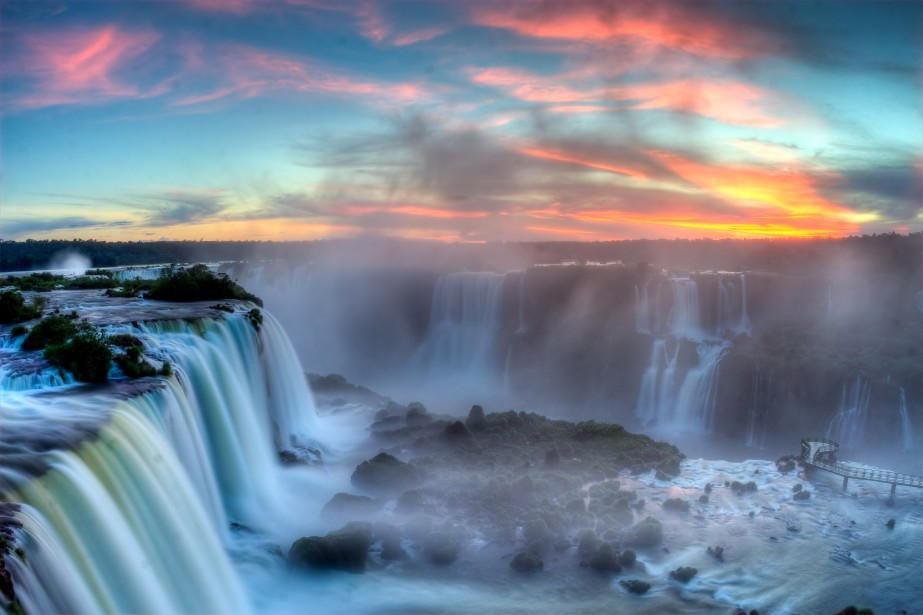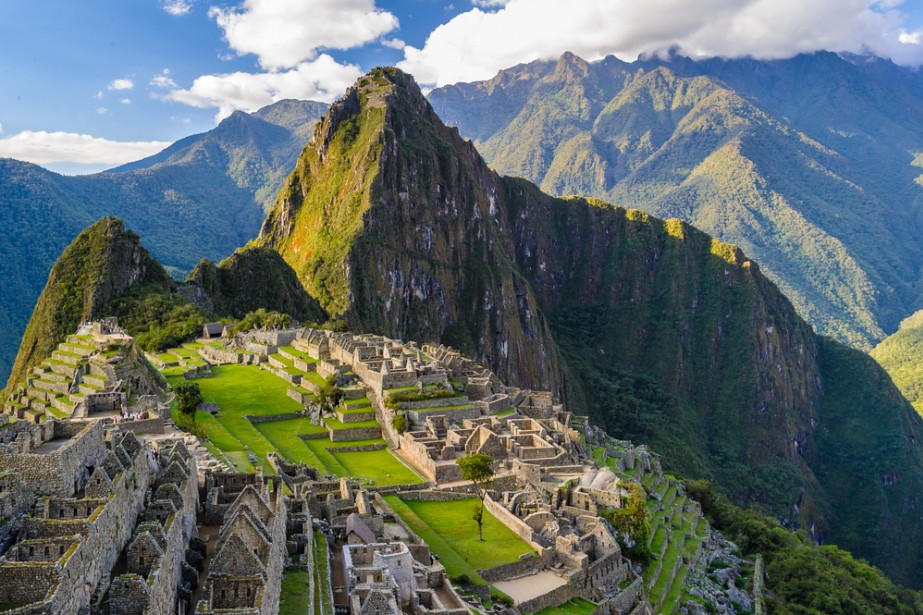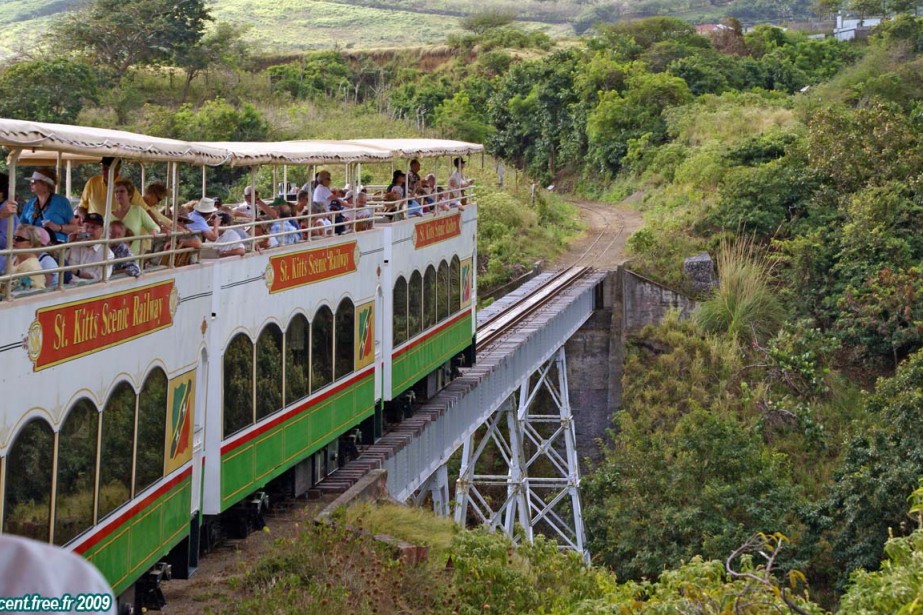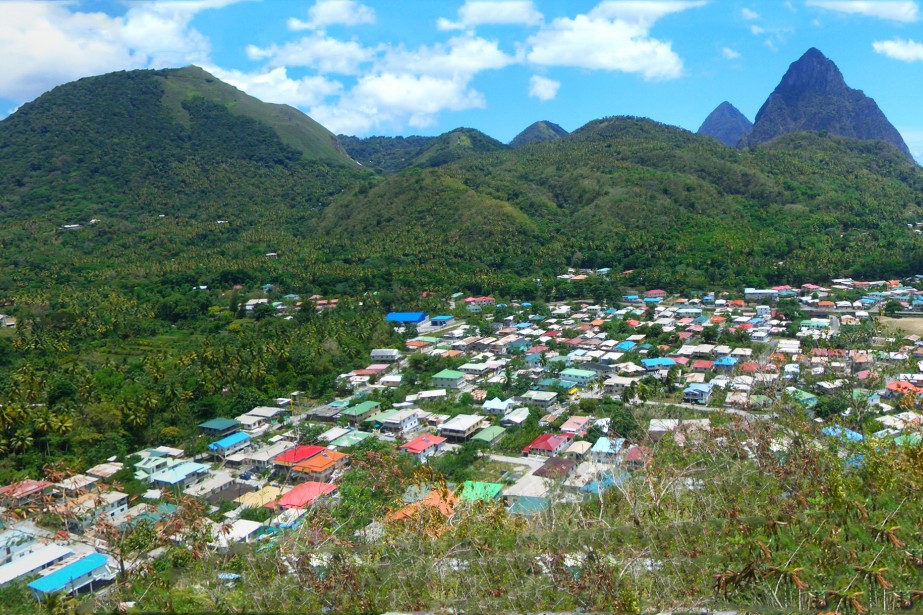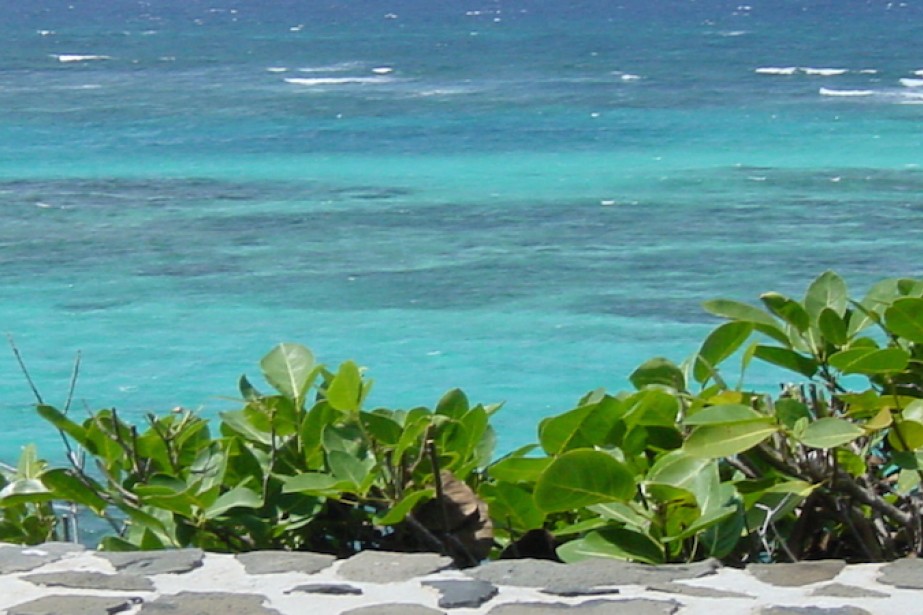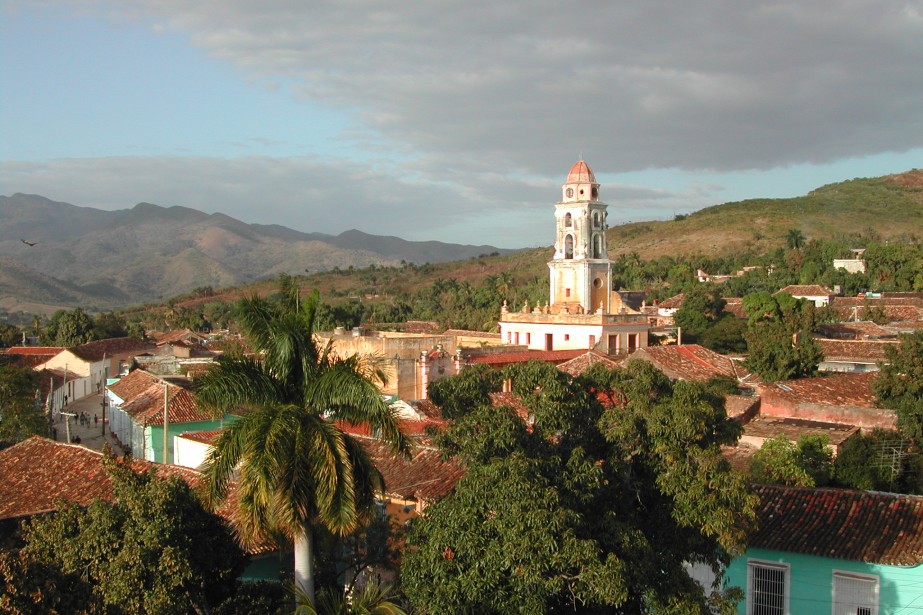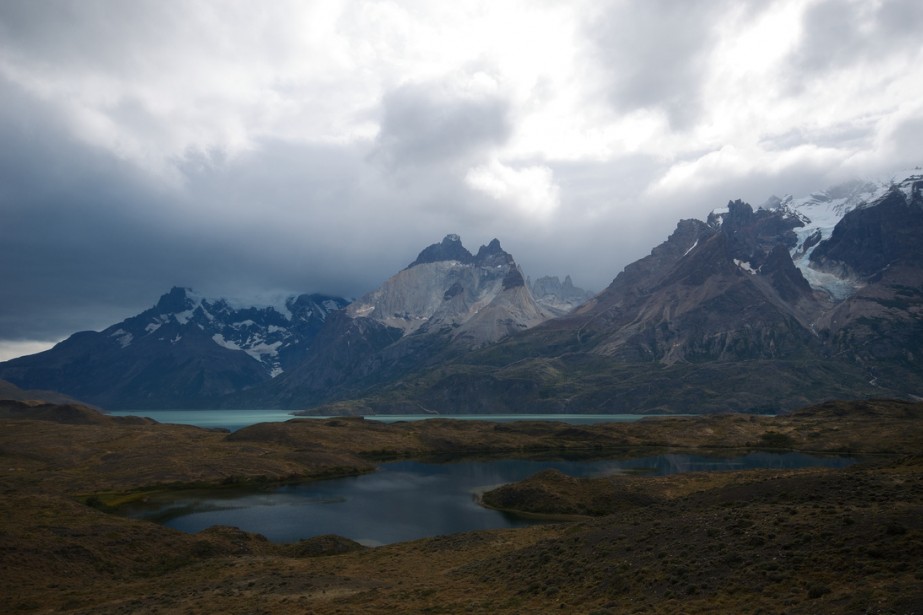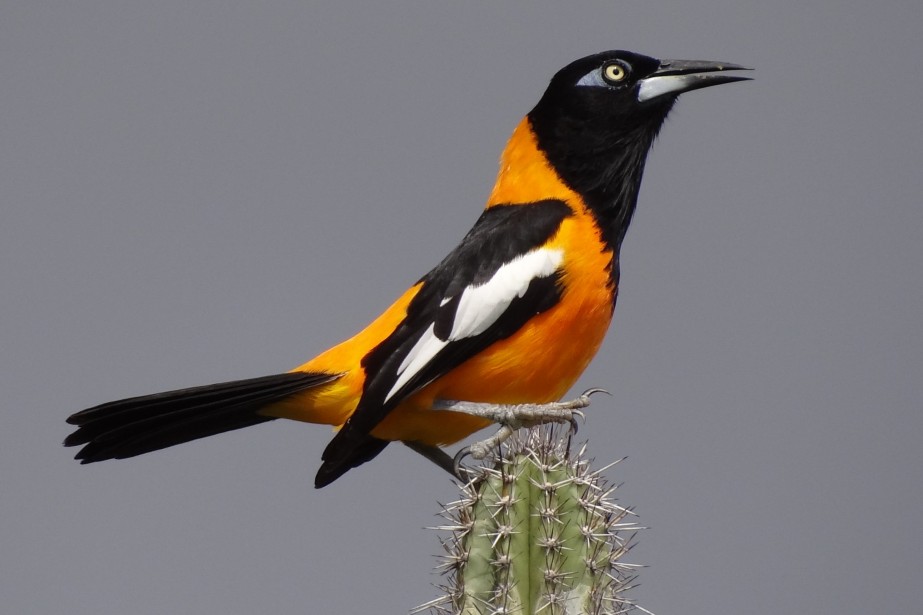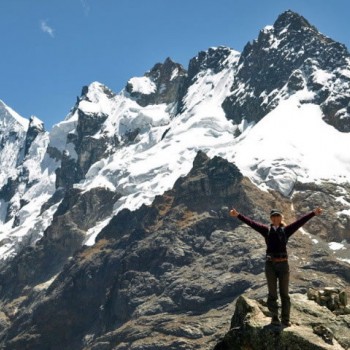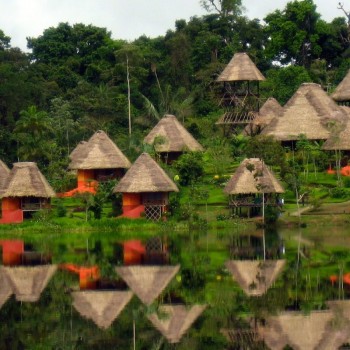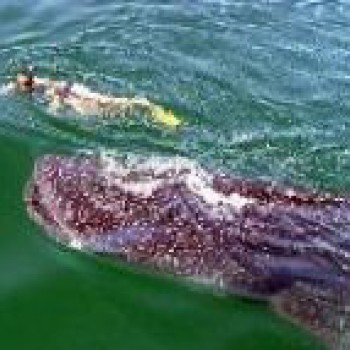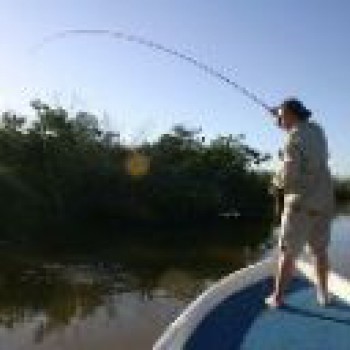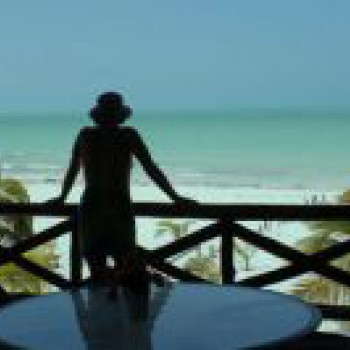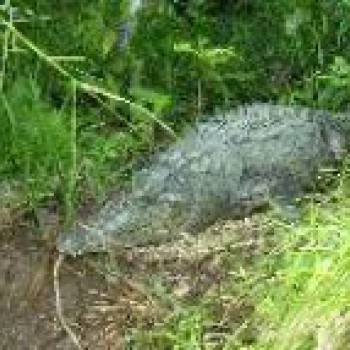Submitted by Theresa Matherne on July 28, 2016
Overview
El Salvador is the smallest and most densely populated country in Central America. It is a tiny dynamo of a country whose visitors continually rave about. With its national park and volcanic lakes, it is a tropical paradise.
On the coast, you will find world-class waves and a surf culture. The country boasts some of the best surf conditions in the entire world. Tourists from all over Central America travel to El Salvador to take part. Also on the water, tourists can paddleboard, water ski, and jet ski. For other outdoor lovers, the country has a lot of hiking, including hiking up an active volcano.
The capital, San Salvador, is famous for nightlife, but the country still retains a lot of small-town charm.As a whole, you will find Salvadorans are very hospitable and welcoming. The country’s economy is still dominated by agriculture, with coffee accounting for 90 percent of their export earnings.
The country can be unsafe for travel. While tens of thousands of tourists visit the country every year, there are still high rates of violent crime and tourists will need to be prepared. Checking in with an embassy or local travel alerts before booking a trip is a very good idea.
When to Travel – Weather
The ideal time to travel to El Salvador is December and January as long as you are not going for the surfing. It is the driest time of year and the waters are the calmest and best for swimming. The warm season lasts from the end of January to the beginning of May, with daily average temperatures reaching the upper 90s. March is usually the hottest month.
The cold season lasts from late August to late October, but even in the cold season, the high temperatures are in the 80s. The cold season is also the wet season. Most thunderstorms occur in the summer months, but there is rain all year. As there is very little temperature difference between the cold and warm seasons, it is better to base travel on avoiding the wet season. The weather is more temperate further inland and more tropical along the coast, but there is not a great difference in weather.
The dry season runs from November to April and the rainy runs from May to October. During the rainy season, there are daily afternoon thunderstorms, but breaks with sunshine. The area is rarely affected by hurricanes or severe tropical storms.
For surfers, the best month to go would be in April and October, when the waves are at their highest. Some may attempt to go in March, but, as it is the hottest month, it is not the most desirable temperature-wise.
For locals, August is a holiday month and beaches during that time will be full with vacationers and tourists from other areas in Central America. If traveling from another area, it may be less crowded to go during winter.
Food and Drink
The cuisine found in El Salvador is particularly distinctive among the foods found in Central America. With a hybrid of Spanish and indigenous influence, some foods tourists will find very familiar and some will be a surprising treat.
As El Salvador is a coastal country, a lot of the food involves seafood. Soups and stews are also very popular, in spite of the heat. But the most notable food of El Salvador is the pupusa. This is a thick, handmade corn flour tortilla filled with cheese, chicharrón, beans or loroco. Chicharrón is pork that has been cooked down and ground into paste. Loroco is a vine flower bud that is native to Central America.Another popular Salvadorain dish is pollo encebollando, which contains chicken simmered with onions.Meals are typically served with cheeses, including the Salvadorian cheeses queso duro, queso fresco, and cuajada.
While fish and pork are common meats in Salvadorian cuisine, there are also many vegetarian options. Meatless dishes typically are made with ayoto, which is a kind of squash.
It would be remiss to leave out the Salvadorian dessert called Pastel de Tres Leches. It is essentially a cake that has been soaked in three kinds of milk, making it very rich and extremely moist. Pastelitos are also common, which are pasty turnovers stuffed with fruit and jam.
The most popular beer in El Salvador is Pilsner, but there are plenty of non-alcoholic Beveridge choices as well, including the Kolachampan, a sugarcane-flavored soda, as well as tamarind juice, and horchata, which is a sweet herb and spiced Salvadorian drink.
It is extremely simple tofind authentic cuisine in El Salvador as it is available everywhere and popular with the locals. Food costs are also very inexpensive, making higher class restaurants accessible to tourists. If you are looking for something more familiar, however, you can still find most American fast food chains in the cities.
Popular Vacation Spots
Iglesia El Rosario: A rare non-colonial structure, the Iglesia El Rosario is a rainbow of colored glass. While El Salvador has many churches, this one is very rare and a must-see. With its stone and metal statues as well as its scrap-metal figures, the church is truly one of a kind. Padre Delgado, the father of Central American independence, is also buried here.
Parque Nacional El Boqueron: Located on top of the San Salvador Volcano, the park’s main attraction is a crater that is 5 kilometers across and 558 meters deep. The temperature of the area is cool the entire year. The park itself has many plant species which are identified as ornamentals, including “cartuchos,” begonias, wild sultanas, and hydrangeas. There is also a substantial amount of wildlife in the park, including deer, foxes, and armadillos.
Jardín Botánico La Laguna: Located within the capital city San Salvador, the botanical gardens sit at the bottom of a volcanic crater. The park spans over 46 blocks, 4.5 of which are intended for public display. There is a wide array of plant life in the gardens, including ferns, orchids, cactus, as well as medicinal plants.
Santa Ana Volcano: The Santa Ana Volcano is a large stratovolcano and the largest volcano in the country. The volcano was actually the inspiration for one of the active volcanoes featured in Antoine de Saint-Exupéry’s novella The Little Prince. The story itself was in part based on his life with his Salvadoran wife, represented by the rose in the story. The volcano is still active, with its most recent eruption happening in 2005, killing at least two people.
Puerta Del Diablo: Translated to mean “devil’s door,” Puerta Del Diabloe is a peak with significance to the Mayan people and was used as a sacred site for sacrificial rituals. Located only 20 minutes from the capital, the peak is a quick hike and the view is remarkable, especially at dusk. There is also lots of food vendors here and it is a great place to try the Salvadoran papusa.
Practical Information
Currency
While the currency of El Salvador from 1892 to 2001 was the colón, the country has since adopted the U.S. dollar. While El Salvador is an independent country, and a former Spanish colony, the country privatized its banking system in the 1990s and loosened economic restrictions. The U.S. dollar had more stability than their local money. For American travelers, this makes travelling and budgeting a breeze, as it is exactly the same money.
Because of the privatized banking system, you should have no trouble locating ATMs within the cities if you are in need of cash. Most food stands will not accept credit cards, so having some cash on hand is a good idea. Shops, hotels, and restaurants in the city will accept major credit cards.
Safety
There is a high violent crime rate in El Salvador, especially against tourists. While there is no specific warning in effect to keep visitors from traveling, you should exercise a great deal of caution when planning your trip and while you are there. Be smart with your money. Use a safe in your hotel to store your personal belongings, such as your passport, and only carry as much cash as you need.
Seismic Activity
El Salvador is located in an extremely active seismic zone. There are earthquakes regularly. Getting to know normal earthquake procedure before travelling may save you some unnecessary grief. Pay close attention if you are giving a warning about volcanic eruptions and follow the authority’s instructions exactly.

